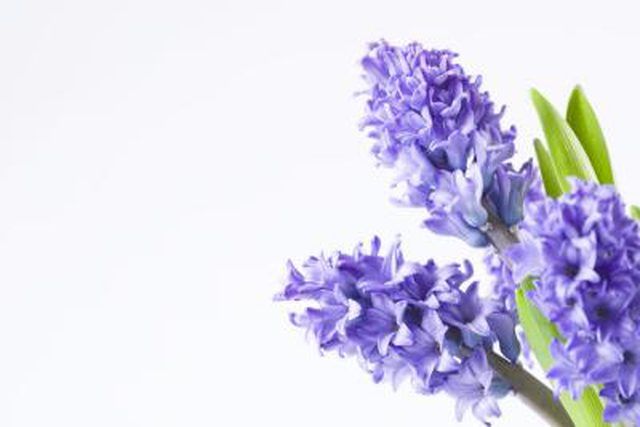Bulbs
Flower Basics
Flower Beds & Specialty Gardens
Flower Garden
Garden Furniture
Garden Gnomes
Garden Seeds
Garden Sheds
Garden Statues
Garden Tools & Supplies
Gardening Basics
Green & Organic
Groundcovers & Vines
Growing Annuals
Growing Basil
Growing Beans
Growing Berries
Growing Blueberries
Growing Cactus
Growing Corn
Growing Cotton
Growing Edibles
Growing Flowers
Growing Garlic
Growing Grapes
Growing Grass
Growing Herbs
Growing Jasmine
Growing Mint
Growing Mushrooms
Orchids
Growing Peanuts
Growing Perennials
Growing Plants
Growing Rosemary
Growing Roses
Growing Strawberries
Growing Sunflowers
Growing Thyme
Growing Tomatoes
Growing Tulips
Growing Vegetables
Herb Basics
Herb Garden
Indoor Growing
Landscaping Basics
Landscaping Patios
Landscaping Plants
Landscaping Shrubs
Landscaping Trees
Landscaping Walks & Pathways
Lawn Basics
Lawn Maintenance
Lawn Mowers
Lawn Ornaments
Lawn Planting
Lawn Tools
Outdoor Growing
Overall Landscape Planning
Pests, Weeds & Problems
Plant Basics
Rock Garden
Rose Garden
Shrubs
Soil
Specialty Gardens
Trees
Vegetable Garden
Yard Maintenance
How to Water a Flowering Hyacinth
How to Water a Flowering Hyacinth. The origin of the hyacinth dates back to ancient Greece. Legend has it that the hyacinth sprung from the mouth of a young man named Hyakinthos upon his untimely death. Upon his passing the god Apollo declared that the flower was to be called “hyacinth” in honor of the young man. Hyacinth blooms are...

The origin of the hyacinth dates back to ancient Greece. Legend has it that the hyacinth sprung from the mouth of a young man named Hyakinthos upon his untimely death. Upon his passing the god Apollo declared that the flower was to be called "hyacinth" in honor of the young man. Hyacinth blooms are known for their pungent fragrance and a stunning array of colors including blue, purple, orange and red, which adorn their heavy springtime blooms. Caring for a hyacinth does not require much time and can be done by even the novice gardener.
Things You'll Need
Hyacinth plant
Organic matter
Watering can
Trellis (optional)
Plant hyacinth bulbs in the fall, at least two months before the first frost, spaced 18 inches apart with the tip of the bulb pointing skyward in a bed rich in organic matter. Water thoroughly immediately after planting unless you are expecting a heavy rain, in which case watering the bulbs will be unnecessary.
Water the hyacinth weekly as soon as you notice the shoots emerging from the ground. You should not saturate the soil; hyacinths will not benefit from over watering and may in fact become rotten.
Check on your hyacinth daily after it blooms. Often the blooms become tall (6 to 12 inches) and heavy, so you may have to support them with some type of trellis.
Water the flowering hyacinth once weekly to a depth of 1 inch around the base of the stems. Use a watering can for best results; when high pressure is applied with a hose it can cause the flowers to fall off the plant.
Tips & Warnings
Plant hyacinths in sandy soil because clay soils compact causing root damage and rot.
Due to their pungent nature, hyacinth flowers are perfect for making scented candles or essential oils.